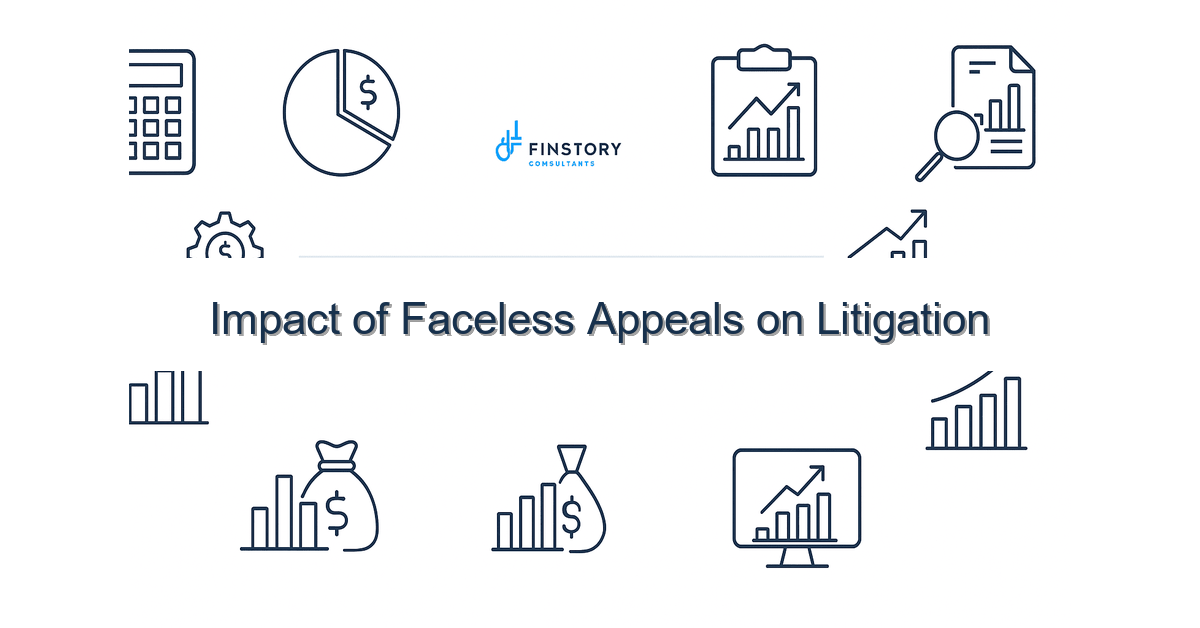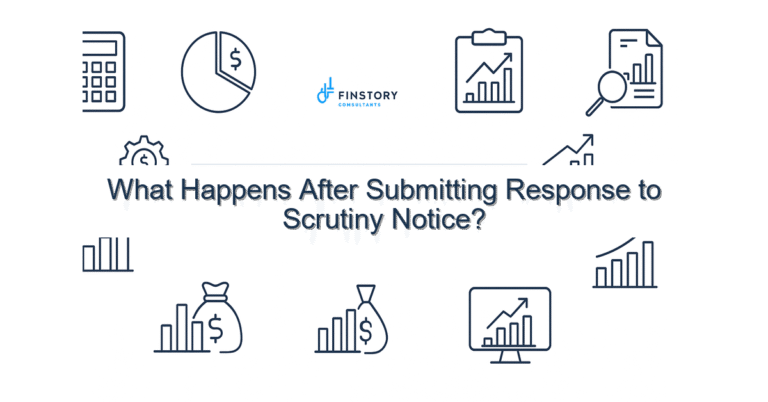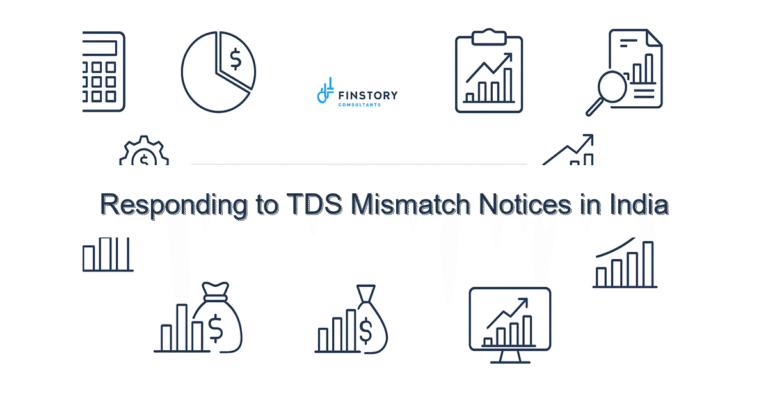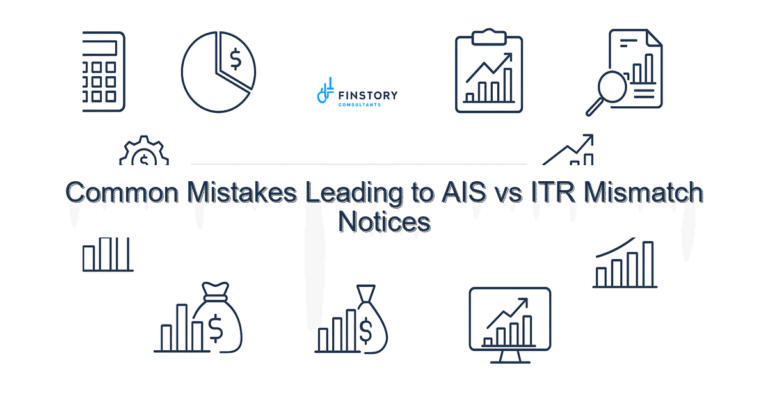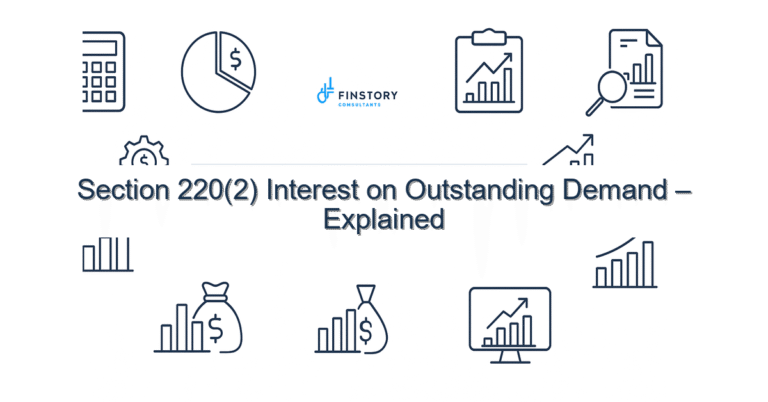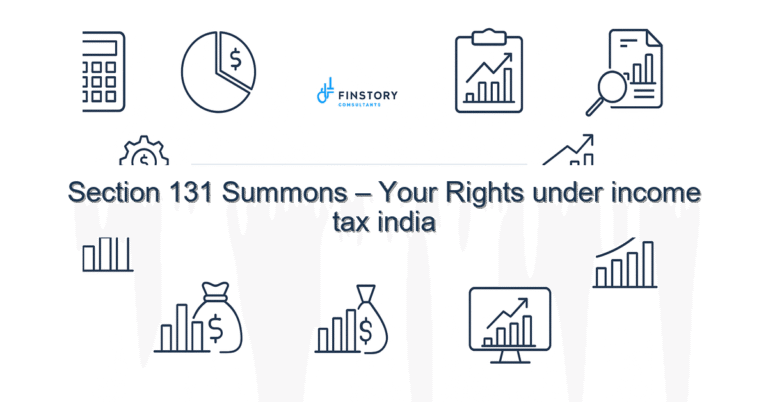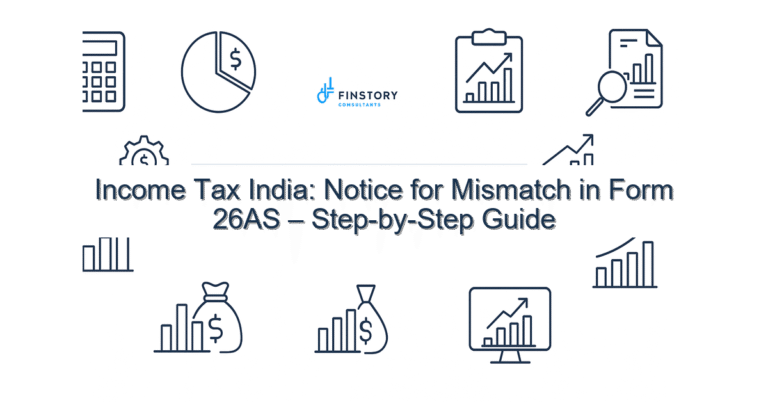Impact of Faceless Appeals on Litigation
Feeling overwhelmed by an income tax notice or an appeal? You’re not alone — taxpayers across India feel anxious when a demand letter or order lands in their inbox. Faceless appeals were meant to simplify things, but the transition brings new uncertainties for salaried professionals, founders and MSMEs.
Summary: Faceless appeals aim to make income tax dispute resolution faster and less biased by shifting hearings and orders to a virtual, centralised platform. For taxpayers this means quicker disposal for well-documented cases — but also the need for sharper digital records, precise submissions, and faster action to avoid missed opportunities and escalations in income tax india disputes.
What’s the real problem in India?
The Faceless Appeal Scheme (introduced by the CBDT) replaces many in-person appeal interactions with virtual, centralised processes. While designed to reduce pendency and remove local bias, it introduces new frictions: virtual notices, multiple communication channels, and strict timelines tied to electronic filing and defined CBDT timelines.
- Confusion over AY/PY and how past years’ documents are treated in a virtual appeal.
- Mismatch between AIS/26AS and taxpayer submissions causing delays or adverse orders.
- Difficulty presenting extensive documentary evidence in a concise e-submission.
- Missed hearings or communication slipped to spam — especially when contact details aren’t updated on the e-filing portal.
What people get wrong
Many taxpayers assume faceless means easier or purely automated relief. That’s only partly true. Common mistakes we see:
- Relying on oral explanations during virtual hearings without documenting them in the appeal portal.
- Not reconciling TDS/TCS entries against AIS/26AS before filing the appeal — leading to contested tax claims.
- Waiting to engage a tax professional until after an adverse order, instead of using the faceless stage proactively.
- Confusing timelines: ITR filing last date, the period to file appeals, and response windows for additional information aren’t the same.
A better approach
Think of faceless appeals as an opportunity: if you organise and present facts clearly, appeals can be faster.
- Reconcile records first: match TDS/TCS, bank entries, and AIS/26AS before preparing your appeal. Discrepancies should be corrected or explained up front.
- Prepare a short, focused fact-sheet for the appeal: issue summary, relevant AY/PY, calculations (including capital gains indexation where applicable), and supporting page references.
- Use e-filing tools and keep all forms and proofs indexed. If a personal video hearing is offered, be concise and follow up with a written submission uploaded to the portal.
- Engage a tax advisor early — they can draft legal grounds, cite relevant sections like Section 80C limit impacts or new vs old regime slabs implications if relevant, and present counter-evidence crisply.
- Track the appeal queue and set reminders for response timelines; faceless does not mean indefinite timelines.
Real-world example: A small tech founder we advised reconciled AIS/26AS and corrected a TDS mismatch before filing an appeal. Their faceless appeal was disposed in 10 weeks with a full refund — what might have taken 6–12 months in the traditional system.
Quick implementation checklist
- Log into the e-filing portal and confirm contact details are current.
- Download AIS/26AS for the relevant AYs and reconcile with your books or Form 16/26Q.
- List the disputed items with AY/PY references and prepare a one-page summary for each issue.
- Gather supporting documents (bank statements, investment proofs for Section 80C, capital gains calculation sheets with indexation, TDS certificates).
- Create an indexed PDF bundle with bookmarks for upload to the appeals portal.
- Draft a short, clear grounds of appeal with remedy sought (refund, reduction of demand, etc.).
- If a video hearing is scheduled, prepare a 3–4 minute oral summary and upload the written summary immediately afterward.
- Keep a copy of all submissions and note the appeal reference number; set calendar reminders for follow-ups.
- Review ITR filing last date impact and confirm there are no pending filings for the AY under dispute.
- If TDS/TCS discrepancies exist, file for corrections with the deductor and retain proof.
What success looks like
- Faster resolution: appeals resolved in weeks to a few months rather than years.
- Higher refund recovery rate for documented cases with reconciled AIS/26AS.
- Fewer follow-up notices and reduced need for physical hearings.
- Lower chance of adverse orders when submissions are concise and evidence-backed.
- Clearer records for future assessments — fewer surprises during AY reviews.
Risks & how to manage them
Faceless appeals reduce human bias but raise procedural risks. Common risks and simple mitigations:
- Risk: Missed virtual notices. Mitigation: Keep e-filing and registered email/phone updated and monitor spam folders.
- Risk: Evidence overload making the case confusing. Mitigation: Use an indexed, short bundle and an executive summary highlighting key pages.
- Risk: TDS/TCS mismatches leading to higher demands. Mitigation: Reconcile AIS/26AS early and seek corrections from deductors.
- Risk: Procedural non-compliance (late responses). Mitigation: Use automated reminders and appoint a single point of responsibility for the appeal.
Tools & data
Make these tools part of your appeal workflow:
- AIS/26AS (annual information statement) for TDS/TCS and credits.
- Income-tax e-filing portal — for filing appeals and checking status.
- TDS/TCS tracking tools or your accounting software to reconcile with bank statements.
- Document management: searchable PDFs, indexed bookmarks, and a short fact-sheet for each issue.
- Communication logs: save all emails, portal messages, and hearing notes against the appeal ID.
FAQs
Q: What is a faceless appeal?
A: A faceless appeal is an appeal processed electronically through a centralised IT department platform under the CBDT scheme. It reduces in-person hearings and aims for neutral, quicker disposal while still allowing video conferences and written submissions.
Q: Will I still get a hearing?
A: Yes — hearings are usually virtual (video conference) and any oral submissions should be followed by a written upload to the portal. Always save the appeal reference and the recording if available.
Q: How do I avoid a TDS mismatch on AIS/26AS?
A: Reconcile your Form 16/Form 26Q entries with AIS/26AS before filing appeals. Request corrections from the deductor early and keep proof for the appeal.
Q: Does faceless appeal affect deadlines like the ITR filing last date?
A: No — ITR filing deadlines and appeal deadlines are separate. However, missing an ITR filing or belated claims can affect your grounds of appeal, so keep returns current.
Next steps
If you have an outstanding demand, a pending appeal or a confusing notice, don’t wait. Small preparation steps now — reconciling AIS/26AS, indexing your proofs, and drafting short grounds — can significantly improve outcomes in a faceless appeal. For tailored help, we review your notices, reconcile records and prepare appeal bundles ready for the e-filing portal.
Work with Finstory. Speak with an Expert for a personalised plan to reduce your tax outgo and stay compliant. Book a free 20-min consultation.
📞 Need help with Income Tax in India?
Book a 20-min consultation with our tax team. Individuals, founders & MSMEs welcome.
Prefer email or phone? Write to info@finstory.net
or call +91 44-45811170.
